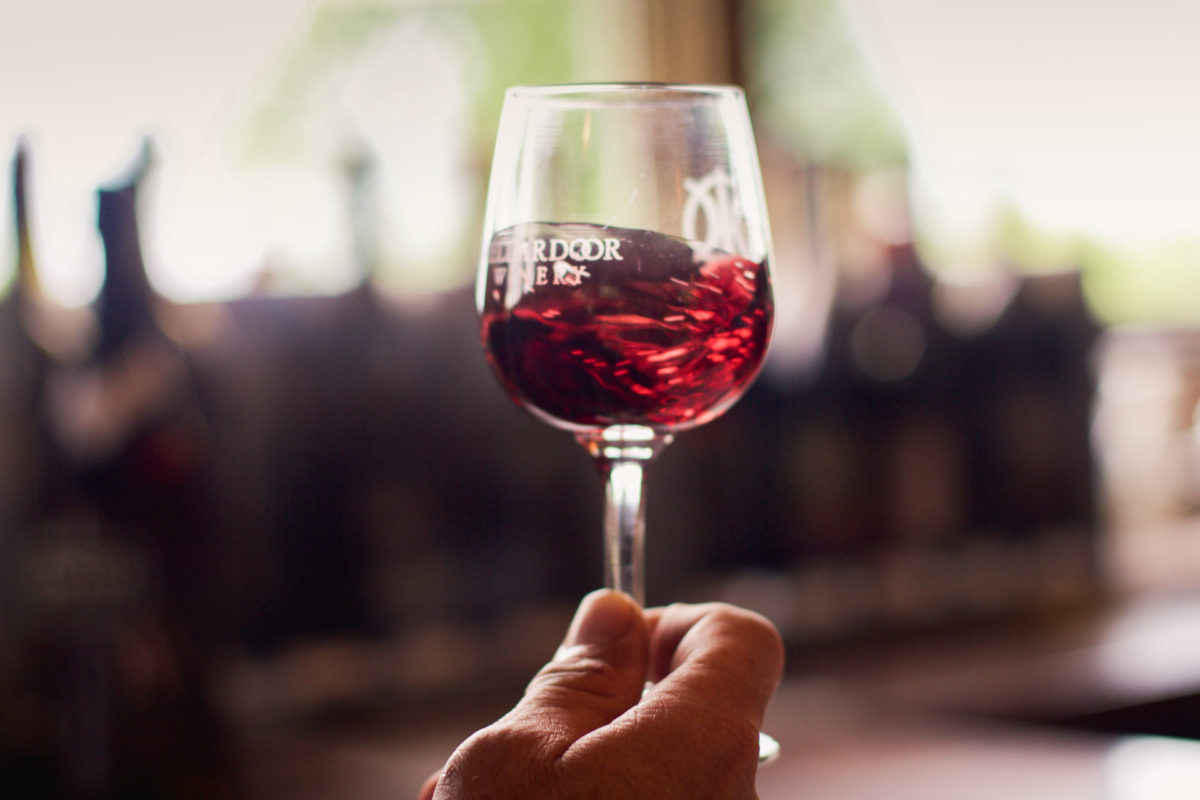 Every so often we revisit our library of wines to assess how past vintages are holding up as they age. There’s a general rule that red wines fair better than white wines, but how wines age also has a lot to do with different grape varietals and the chemistry of the grapes when they come off the vine. The regional trends of the past ten years – which also happens to be approximately the age of our catalog – are recorded on the American Wine Society Vintage Chart. You’ll notice some areas have better years than others and the range of quality in our library mirror these trends.
Every so often we revisit our library of wines to assess how past vintages are holding up as they age. There’s a general rule that red wines fair better than white wines, but how wines age also has a lot to do with different grape varietals and the chemistry of the grapes when they come off the vine. The regional trends of the past ten years – which also happens to be approximately the age of our catalog – are recorded on the American Wine Society Vintage Chart. You’ll notice some areas have better years than others and the range of quality in our library mirror these trends.
While looking at the chart above, keep in mind that while we make all the wine we produce in Lincolnville, Maine, we thoughtfully source our fruit from Washington, California, and the Finger Lakes regions. Our goal is to make the best wine we can, to do this, we source the best grapes. You can read more about Aaron, our Winemaker’s philosophy about making wine, here.
Let’s take a peek into the Cellardoor library!
2008 – 2009
We were excited to see that our 2008 and 2009 wines are all still drinking very well with the Viogniers from both vintages tasting like they were just bottled last year! Whites are generally not expected to age longer than 3-5 years so we are surprised that our Viogniers are aging so well 9 years in. Knowing we have a 2014 and 2015 Viognier (2014 is currently available for purchase in our tasting rooms) in the lineup is exciting, as they should age well too.
The 2009 Syrah and 2009 Petite Sirah are also still fantastic with plenty of cellaring left in them.
2010 – 2011
2010 and 2011 were very wet and cold in Washington and California and as a result ended up being two of the worst years for wine in history. Our library reflects this with only our 2010 Petite Sirah, 2010 Trilogy, 2010 Monti al Mare, and 2011 Urbane still holding up well. Most of the wines from those vintages drank well for 3-5 years but were not worthy of extended cellaring.
2012 – 2015
2012-2015 are all being hailed as great vintages (no data out yet on 2016) and our reds from those vintages should cellar well for 10+ years.
This is, of course, specific to varietal and chemistry. For example, the Syrah grape is naturally reductive and tends to do better with more age so it cellars very well 15+ years. Grenache can be oxidative in nature and tends to be better when enjoyed young unless you blend it with Syrah which extends the cellar life. For example, our 2010 100% Grenache is at the end of its life, but our 2010 Trilogy (a blend of Grenache, Syrah, and Mourvedre) is still drinking beautifully.
The tannin content and chemistry of the 2013 Iron Gate (currently available for purchase) came together for possibly 20+ years of good cellaring.
Recap
For those of you looking to add Cellardoor wines to your own library, our award winning 2013 Iron Gate is a great place to start, for 20 or more years of cellaring. In fact, all of our reds between 2012 and 2015 should be good to age for at least ten years. If you fall in love with our 2014 Viognier, you can expect a longer shelf life than most other whites, which should be consumed within 3 to five years.
For more information about the wines we currently have for sale in our tasting rooms, visit individual wine-pages to download their technical data sheets!
If you aren’t planning on visiting us in Maine this season, fear not! You can buy Cellardoor wine online.
The post A Look at how Cellardoor Wines are Aging appeared first on Cellardoor Winery.